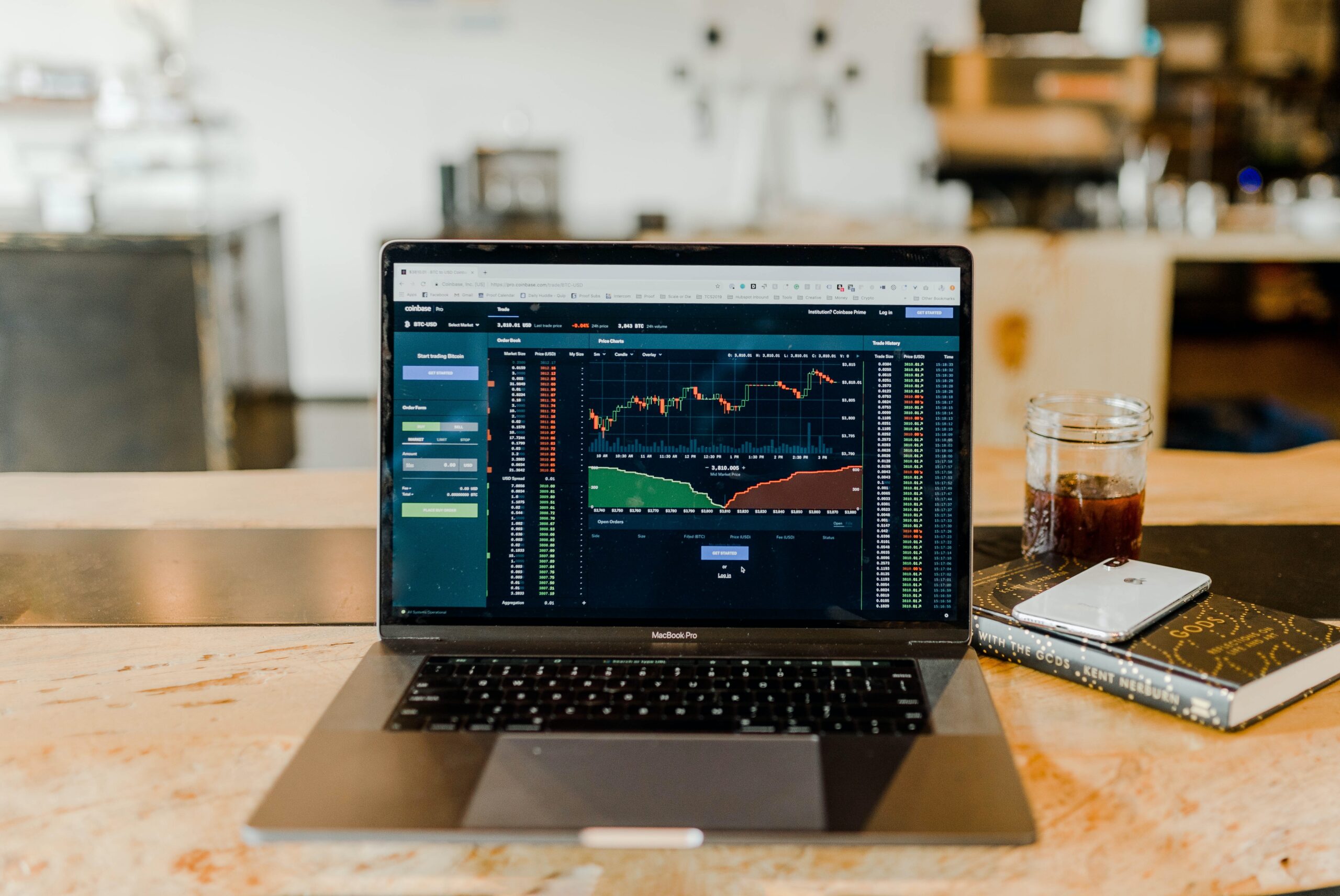Unless all of your savings are stored in guaranteed rate instruments like bank accounts, you have probably felt the consequences of volatility somewhere.
Volatility in the investment world attempts to measure the stability or susceptibility of your investment to sudden changes in value. These sudden changes cut both ways.
Volatility can cause the value of an investment to rise precipitously or fall dramatically in a very short period of time. We have all seen a bad news story immediately tank the value of a property or company in a matter of minutes.
A look back at the performance of investment categories in general is a good lesson on volatility. So far this year, the S & P 500 is showing a fairly decent return in the 10+% range… but the breadth of this return level is misleading. The total return of this index has been driven by the largest tech companies in the world, the remaining of the 490 or so stocks doing ok to poor.
Large capitalization U. S. companies, often referred to as large cap companies, are the largest companies in the USA. For some reason, investors like owning very large companies and have told me that they feel safe with these holdings. Upon investigation, rarely are these investors able to articulate why these holdings are in the portfolio, what type of returns or yield is expected, why they may consider holding onto the position or the criteria they may use for selling the position. Unfortunately, taxes and sentiment are frequently a part of the decision process; but usually in a way that prevents the investor from acting rationally. Think GE as an example of a large company whose value has declined materially and consistently over the past decade.
According to a listing of the best and worst investments of 2012 compiled by Bloomberg, there was quite a range.1 Of 358 stocks with market capitalizations of greater than $10 billion, the range was from plus 219 percent to a low of minus 49 percent. I suppose that would be good if you were an owner of the company that appreciated by 219 percent, but it would be pitiful if you were an owner of the one that lost 49 percent. Unfortunately for many, the company that depreciated by 49 percent that year is a household name for many owners and followers of large cap U. S. stocks.
Managing volatility is gaining more significance in the portfolios of once passive buy and hold investors. Recent memories of large losses and investors approaching retirement age are leading this desire to manage volatility. Unlike institutions who can sustain sudden drops in value, individuals, especially those nearing retirement may not be as submissive. The institution can either add new funds to their investment portfolio or push back their time horizon for achieving a particular financial goal. Not all individuals can either add more money or push back their timelines.
Diversification, although definitely not a guarantee of positive investment returns, is one way that investors may limit volatility. Your diversity needs to go farther than a few U. S. asset classes, and could include classes like foreign debt, private equity, private lending, real estate, commodities or currencies. Having a disciplined sell strategy may be another component in your quest to limit losses and volatility.
This is different than your father’s large cap buy and hold strategy, but this is a different world that may require new ways of managing risk.
1 Source: Bloomberg.com “Best and Worst Investments of 2012”
John P. Napolitano CFP®, CPA, PFS, MST is Founder and Chairman of Napier Financial in Braintree, MA. Visit napierfinancial.com for more information. The opinions voiced in this material are for general information only and are not intended to provide specific advice or recommendations for any individual. Legal counsel should be consulted for specific advice or recommendations about any individual’s personal legal circumstances. Investment and financial planning advice offered through US Financial Advisors and Great Valley Advisor Group, Registered Investment Advisors.

